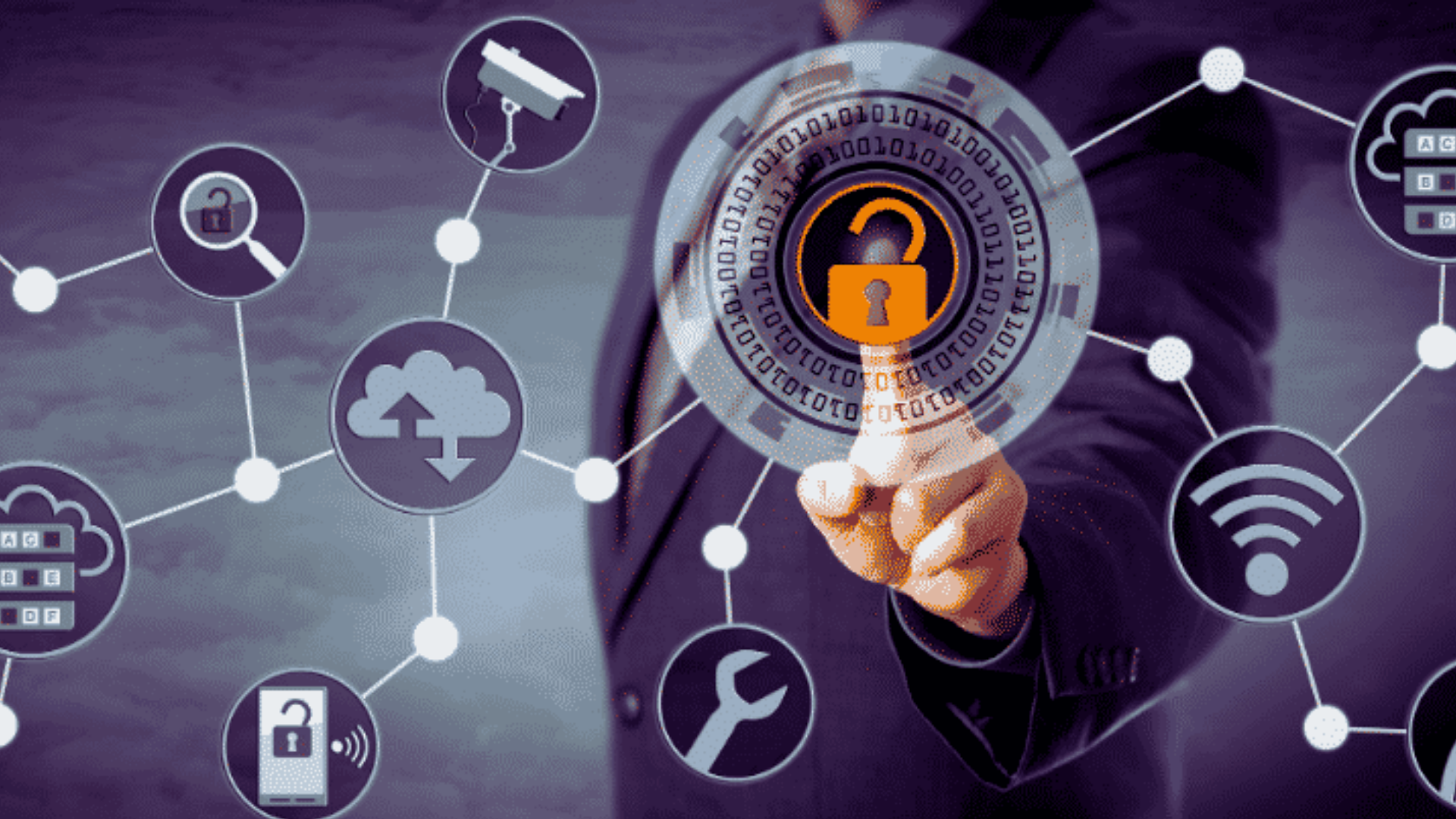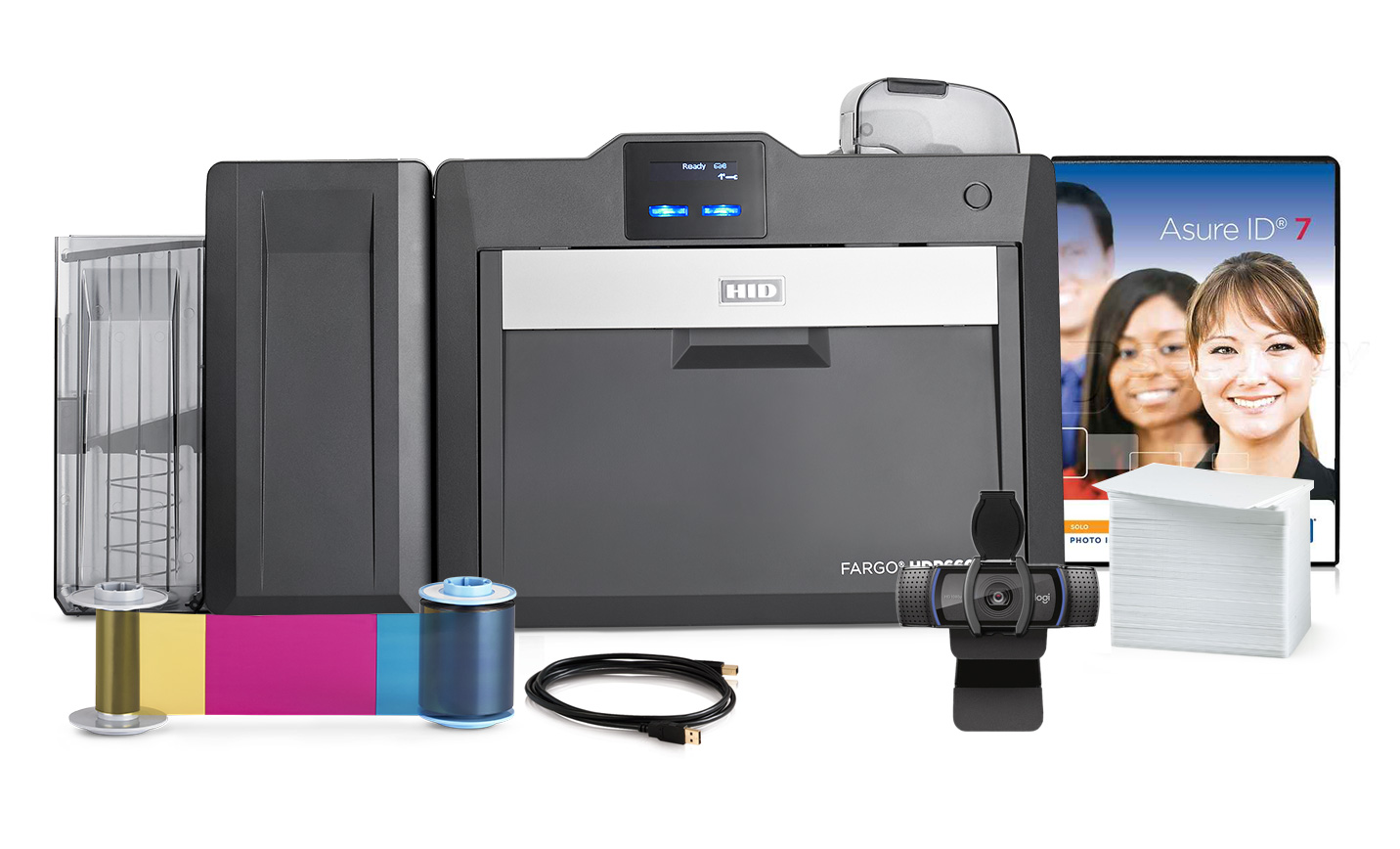
Taking a closer look at potential upgrades to physical access control systems within your business networks for industry compliance?
If you’re an IT Security leader at a military manufacturer, technology institute, or any variety of government contractor, upgrading your physical access control system is a great place to start.
Physical Access Control Gap Analysis
Information Technology and Information Security Departments have the largest responsibilities in keeping their company’s people, data, and systems secure. Conducting a third-party readiness assessment can uncover whether your organization is prepared to meet the appropriate Maturity Levels in terms of access control, or where it may be inadequate and does not completely meet CMMC + NIST 800-171 requirements.
Determine below if your physical and logical access control systems properly protect or facilitate each of the following:
Data Storage or Processing Centers
Are your IT team members, data analysts, or database managers given the proper access to these rooms with encrypted credentials? Are you relying on low frequency HID prox cards and legacy readers for authenticated access? If so, this aged technology can prevent you from reaching certain maturity levels within CMMC compliance.
Leverage secure encrypted credentials and smart card technology to protect and verify your personnel’s identification data. This can ensure proper authorization to these sensitive areas as well as secure logon to logical resources within your data processing programs.
Confidential Training Areas for Information Managers and Administrators
Does your physical access control system account for the different levels of security clearance? Does your facility require SCIFs for certain training or confidential conversations? If so, there are likely a number of ways you are already controlling access and surveillance but there may be more you can do. Make sure the personnel that are allowed in confidential areas have properly verified encrypted credentials. Are you leveraging contactless 13.56 MHz high frequency technology? This enhanced data and privacy protection with standards-based cryptography, can ensure only verified users are granted access to vital locations.
Access to Vital Systems With IRP
If you’re in an IT role for a government contract manufacturer, you’re probably managing the IT security protection of important systems within your facilities. Between power plant, factory, and warehouse automation systems, if someone gains unauthorized access to these vital systems and has malicious intent; how do you respond to a shut down or system failure?
More importantly, how do you prevent that from happening? Upgrading your readers and credentials for physical access from low prox legacy technology, and implementing multi-factor authentication for logical access control, can help keep your systems protected. Meet CMMC + NIST 800-171 compliance with updated PACS technology and MFA to help your organization detect, notify, and effectively respond should an attempted breach or incident occur.
Access to Information Systems
As you well know, important IT infrastructure equipment such as servers, routers, switches etc, should not be accessible to unauthorized personnel. Access control to prevent hardware from being tampered with, secure computer logon to make sure software is not hacked and data is leaked, and custom credentials to ensure the right personnel are accessing these systems, can ensure CMMC maturity levels.
Implementation of Incident Response Plans
How quickly does your physical and logical access system detect and notify your team of a security breach or attempted threat? Those seeking CMMC 2.0 compliance will need to report on how they detect, alert and respond to system and data threats.
As mentioned previously, your physical access control system should be the first to alert your organization of threats or emergency breaches. Upgrading this technology can help you better nail down your IRP and action, but without it, you may not meet CMMC 2.0 compliance.
Supplier Role in the Supply Chain
How are you currently certifying your ability to protect Controlled Unclassified Information (CUI) and Federal Contract Information (FCI) within the supply chain system? Does your physical and logical access control system secure your entryways into the US defense ecosystem? See how we can help upgrade your access control technology so that you can maintain your activities and meet CMMC 2.0 compliance.
__________
If your gap analysis has exposed some potential vulnerabilities in your access control systems, how are you assessing those further?
Conduct a penetration test on your access control devices to identify any roadblocks in your way of compliance:
Do you still use magnetic stripe cards, barcode technology, and or 125 kHz Prox cards, all of which are easily duplicated?
- Using contactless 13.56 MHz high frequency technology, enhanced data and privacy protection with standards-based cryptography and independent software-based technology with form-factor flexibility can ensure your cards are not cloneable
- Use Second-generation smart cards such as Seos® to enable virtually unlimited applications and manage the credentials independent of the underlying hardware.
Are your readers properly securing stored data, or is it easy to hack into?
- Switch to a reader that can read and write contactless smart cards
- Make sure your reader can support all major operating systems
- Use flexible integration options like CCID, keyboard wedge and UART interfaces
- Read high frequency contactless credentials like NFC and Bluetooth for mobile device-based credentials
_________
To achieve compliance, organizations need to improve their secure access control infrastructure in order to add multi-application capabilities. They need to introduce easier-to-manage credential options, and more user-friendly technology, always with an eye toward ensuring those systems and people’s personally identifiable information are secure. Security teams can also gain compliance and flexibility through the adoption of more modern reader technology, such as HID Signo™ Readers and highly secure credential platforms like Seos. These solutions make it possible to easily adapt and expand physical access control systems as new technologies emerge, and compliance requirements get more strict.
Conclusion
Figure it’s time to upgrade your access control processes and technology to meet cybersecurity standards outlined in CMMC 2.0?


